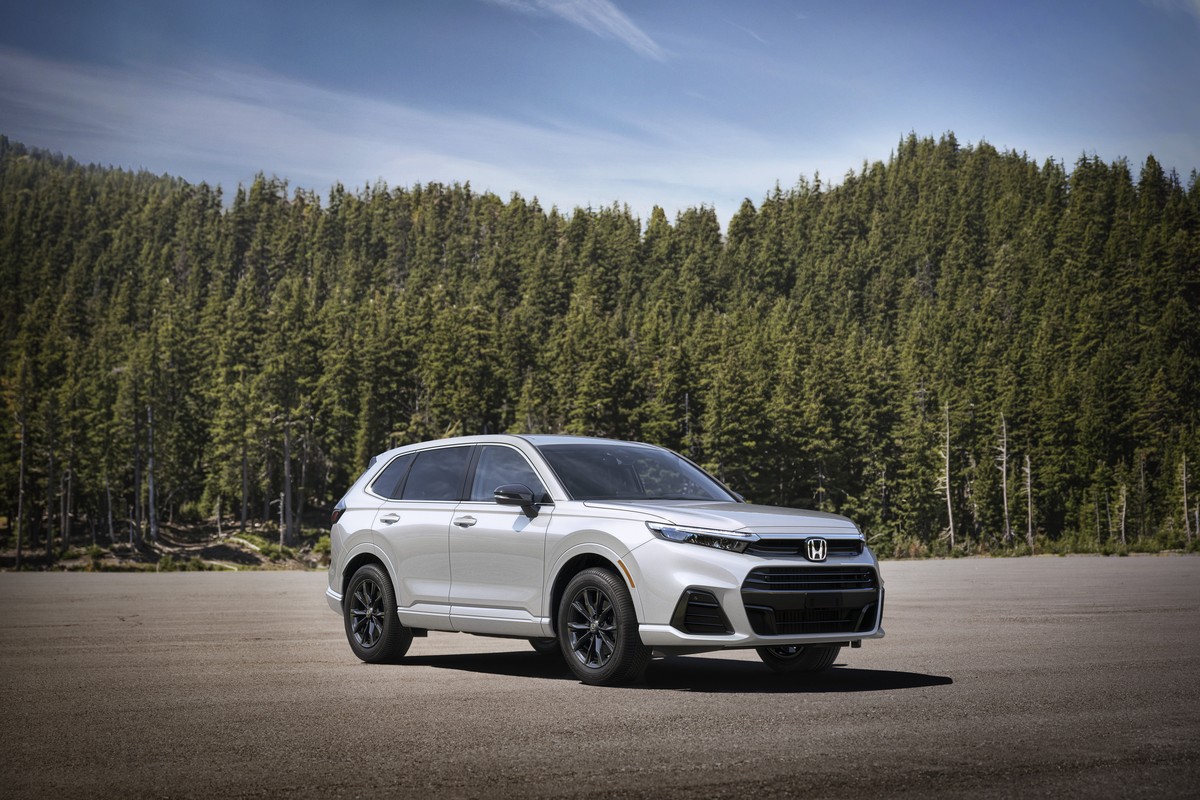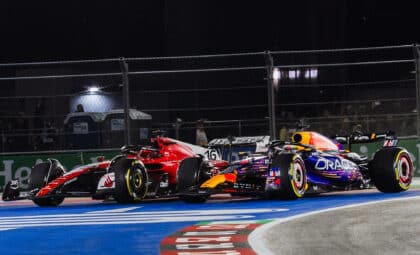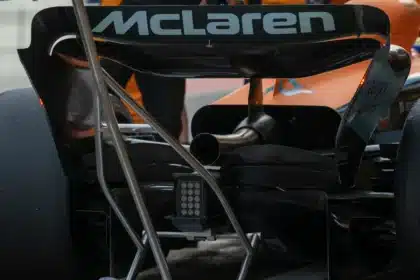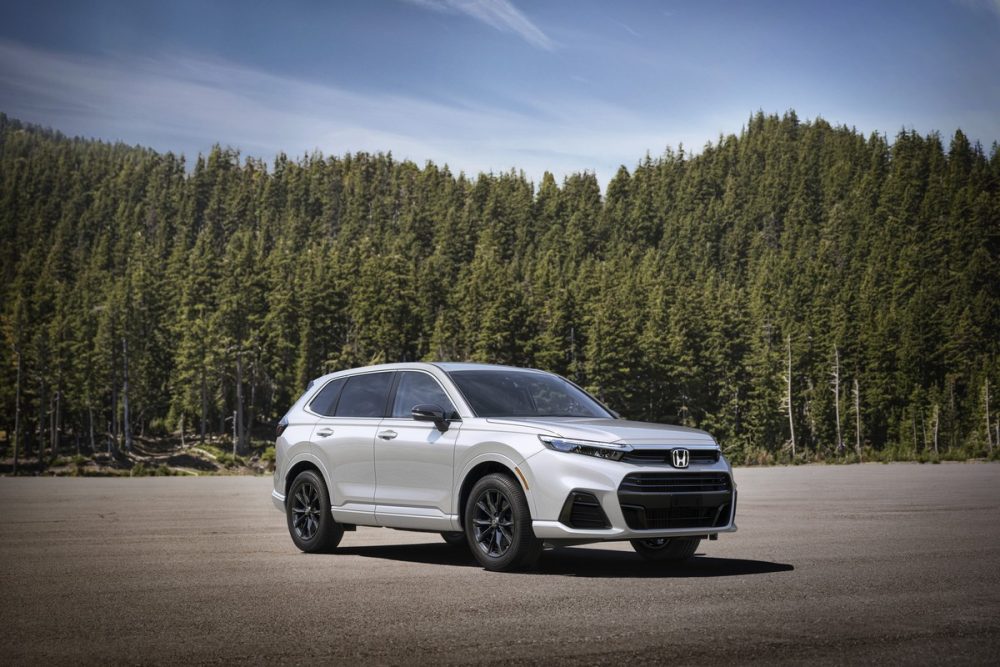
Honda has taken the wraps off the all-new CR-V e:FCEV, the first plug-in hydrogen vehicle in America. Developed jointly with General Motors, it will launch as a 2025 model with 29 miles of EV range and 270 miles of zero-emission hydrogen range.
Similarly to Toyota, Honda has committed itself to a zero-emission vehicle strategy that involves more than simple battery-electric vehicles. The 2025 Honda CR-V e:FCEV, which will be largely identical to the gas-only and hybrid CR-V models, will feature a single electric motor rated at 174 horsepower and 229 lb-ft of torque.
The motor will draw power from both a fuel cell and a 17.7-kWh battery pack. The pack can be recharged via Level 2 charger, while the fuel cell converts electric energy from hydrogen stored in two tanks. Capacity is 4.9 pounds, which can be refilled at a hydrogen station in under five minutes.
Related: Honda CR-V versus the competition Photo: Honda
The average American travels fewer than 25 miles per day. Traditional plug-in hybrid vehicle enable drivers to enjoy EV efficiency over their typical daily commute, and simple gas-electric hybrid range and refueling times for longer trips. Drivers get most of the benefits of an EV without the hassle of finding a charging station and waiting over half an hour when going on a road trip, as needed with a full EV.
The Honda CR-V e:FCEV replaces the combustion engine in these traditional plug-in hybrids with a fuel cell powertrain, which runs on hydrogen instead of gas. The advantage is similar: hydrogen refueling is brief, and fuel cell range is strong.
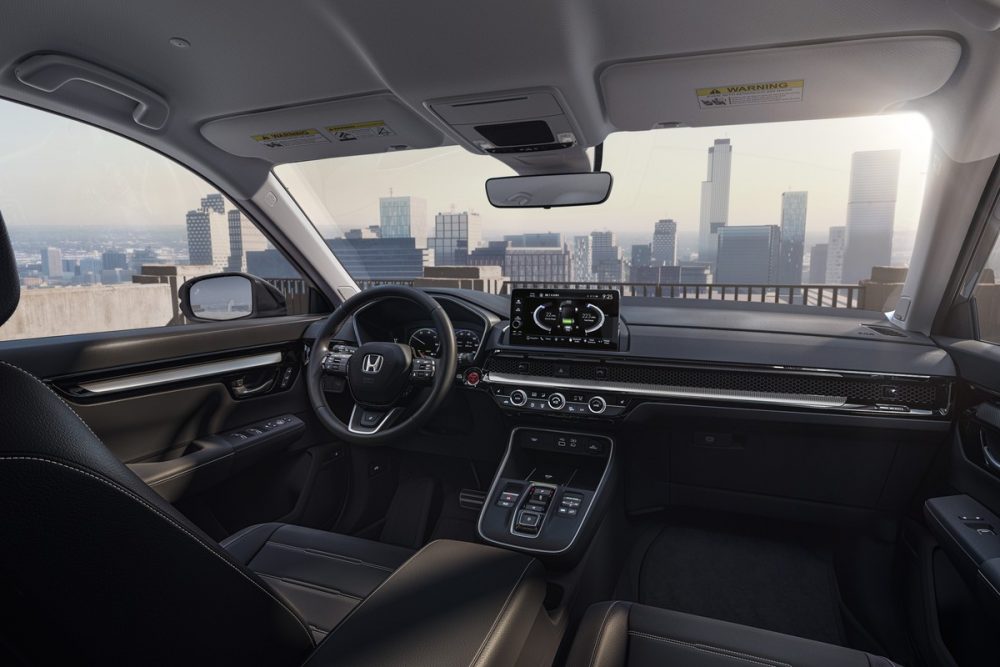
However, another upside of driving a plug-in hybrid is being able to use one of the 120,000+ gas stations across the country, compared to approximately half that amount of electric charging stations. But recharging infrastructure, while sufficiently lacking to turn customers off, utterly dwarfs the hydrogen refueling network. The only place you can refuel a hydrogen-powered car in the United States is in California — and as of today, only five stations exist outside the San Francisco and Los Angeles areas.
Needless to say, Honda is aware of this, and the CR-V plug-in fuel cell is more a proof of concept for early adopters than a vehicle you can ever expect to see outside of California’s two largest cities. Last year, Toyota sold under 3,000 examples of the second-generation Mirai, despite a $15,000 incentive. Built in Marysville, Ohio, the CR-V e:FCEV will be available exclusively for customers leasing in California later this year.
Kurt Verlin was born in France and lives in the United States. Throughout his life he was always told French was the language of romance, but it was English he fell in love with. He likes cats, music, cars, 30 Rock, Formula 1, and pretending to be a race car driver in simulators; but most of all, he just likes to write about it all. See more articles by Kurt.

